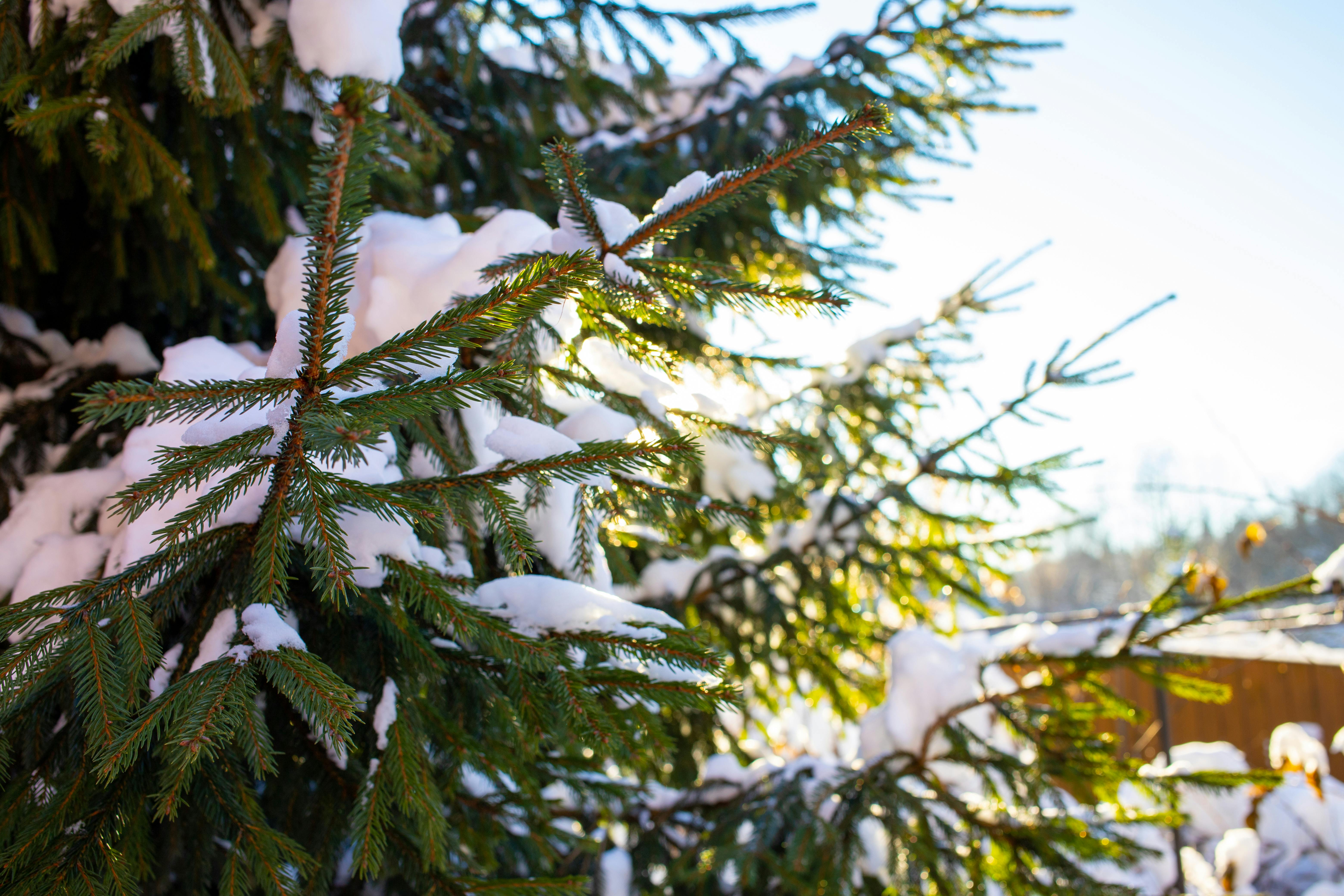Building a winter garden is an exciting project that will bring beauty and life to your garden during the cold winter months. With the right design, planning, and materials, you can create a gorgeous winter garden that will bring joy to you and your family for years to come. This guide will provide you with the essential steps to build a beautiful winter garden.Planning a winter garden can be a rewarding and challenging experience. Before you begin, it’s important to assess your needs and the conditions of your garden. Consider the amount of light, soil type, and any hardiness zones for the plants you plan to grow. Research the best seasonal vegetables for your area and decide what you’d like to include in your garden. Make sure to include some cold-tolerant varieties that will produce throughout the winter months. Additionally, consider adding some decorative elements such as evergreen shrubs or trees to add winter interest to your garden. Once you have a good plan in place
Choosing the Right Plants
When it comes to choosing the right plants for your garden, there are a few key factors that you should consider. First, you need to think about your climate and the type of plants that will thrive in your area. Different plants have different requirements for sunlight, water, and soil type. If you choose a plant that isn’t suited to your climate or soil type, it won’t be able to survive. You should also take into account any pests or diseases that could affect the plants in your area.
Preparing the Soil
When it comes to gardening, one of the most important steps is preparing the soil. This involves many different tasks, such as testing the pH levels, adding compost or fertilizer, and tilling the soil. Testing the pH levels is important to ensure that your plants get an optimal environment for growth. Adding compost or fertilizer can provide essential nutrients for your plants. Tilling helps to aerate the soil and break up any large clumps. It also helps to mix in any additional materials you have added such as compost or fertilizer.
Mulching for Winter Protection
Mulching is an essential part of winter protection for plants. It helps to insulate the soil and protect roots from extreme temperatures. Mulch also helps to retain moisture and reduce evaporation, preventing the soil from drying out. In addition, it can help to reduce weed growth and protect plants from disease-causing organisms that thrive in cold weather.
To mulch effectively, use a material such as bark chips or shredded leaves. These should be spread around the plants in a thick layer,
https://images.pexels.com/photos/14826685/pexels-photo-14826685.jpeg
Creating a Raised Bed
Creating a raised bed is an easy way to grow your own vegetables, herbs, and flowers. It can be done in a weekend with some basic tools and materials. The first step is to decide on the size and shape of your raised bed. You’ll need to measure the area where you plan to build it, as well as any surrounding structures that may affect the design. Once you have the measurements, you can start laying out the bed frame. Most raised beds are made out of wood planks, but you could also use stones or

Container Planting
Container planting is a great way to have an outdoor garden without having to dedicate a large amount of space. Containers are versatile and can be used to create an attractive display of flowers, herbs and vegetables. Whether you’re growing indoors or in your backyard, container gardening provides an easy way to enjoy the beauty of plants.
Choosing the Right Container
When selecting containers for your garden, consider the size, shape, material and drainage needs of the plants you plan to grow. Clay pots are
Choosing Appropriate Trees and Shrubs
When it comes to landscaping, choosing the right trees and shrubs can be a difficult decision. There are a number of factors to consider, such as the size of the space, the climate in which you live, and your personal preferences. Knowing how to select the best species for your home or business can make all the difference in creating a beautiful outdoor area.
The first step in selecting trees and shrubs is to consider your climate. Different species thrive in different climates, so it
Selecting Perennials
Perennials are a great way to add color and texture to your garden. When selecting perennials for your garden, there are a few things to consider. First, consider the climate in which the plants will be growing. Some perennials may not survive in certain climates, so it is important to research the plants you are interested in and make sure they will be suitable for your area.
Next, decide what kind of look you are trying to achieve with your garden. Do you want a more formal garden with neat lines and

Conclusion
Building a winter garden is a great way to extend the gardening season and brighten up your home or yard. You can create a winter garden with plants that thrive in cold weather, like evergreens and ornamental grasses, or fill your garden with colorful flowers that bloom in the cooler months. Building a winter garden is cost-efficient and can be done even with limited space. It’s important to plan your garden, choose the right plants for your climate, and protect them from cold temperatures. With some planning and care, you can have an amazing winter garden
